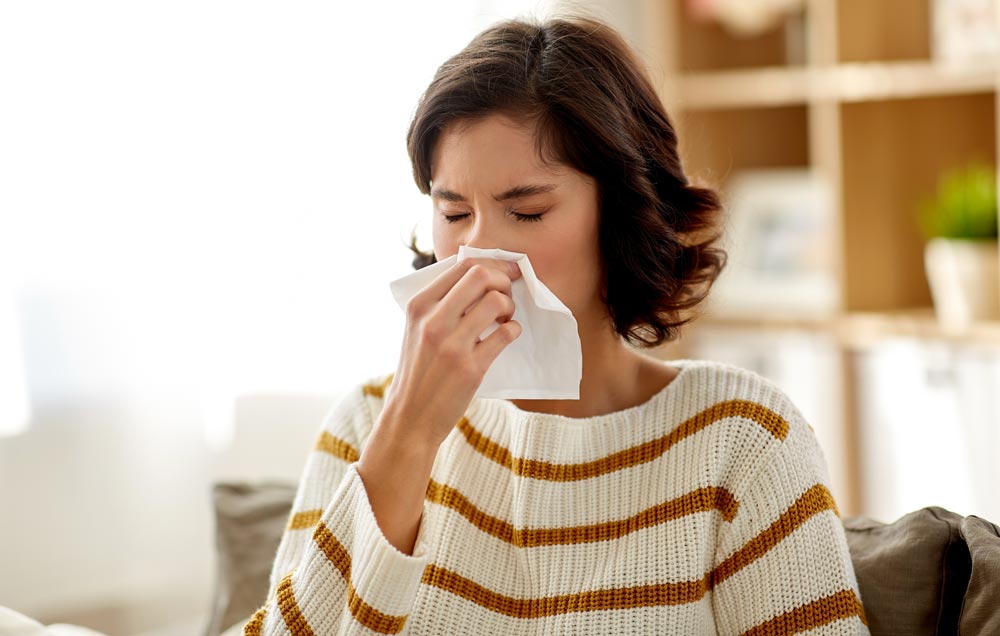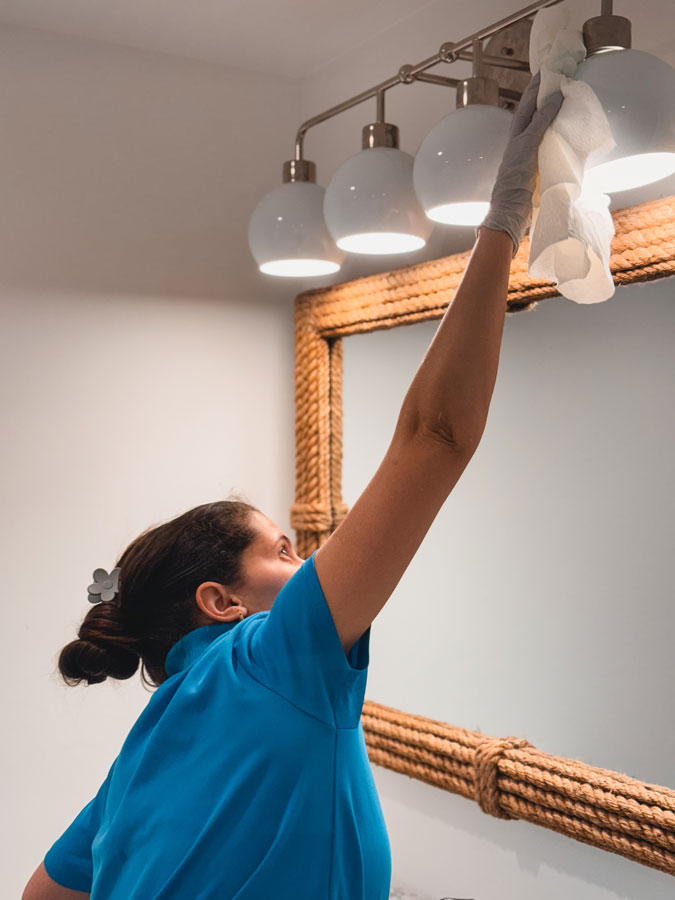For a part of society, the arrival of spring brings with it the most acute phase of sneezing, itching and irritation in the nose and eyes, discomforts that will persist at least until November. The World Health Organization estimates that around 30% of the global population faces some type of allergy.
During this period of the year, allergy episodes in people with bronchial asthma or allergic rhinitis increase due to worsening pollination (allergic reaction to flower pollen). This phenomenon is called seasonal rhinitis by experts.
But to help you, we’ve gathered essential information and tips in this content on how to keep your home organized to alleviate allergies during the season. We share a little of our experience to help you get through spring comfortably and healthily.
Let’s go?
Spring allergies
When coming into contact with the mucous membranes of allergic people, grass pollen triggers an inflammatory reaction, which we know as rhinitis and conjunctivitis.
Among the main symptoms of spring allergies are:
- Constant sneezing
- Intense itching in the eyes and throat
- Nasal congestion
- Red, watery eyes
In addition to these typical symptoms, some people allergic to pollen also experience asthma, coughing, wheezing and difficulty breathing.
How to take care of your home to avoid allergies?
Choose to use a vacuum cleaner or a damp cloth in the house:
Cleaning the house with a damp cloth or vacuum cleaner can help. Avoid using brooms, which can disperse dust and keep rooms well ventilated to prevent the accumulation of allergens.
Change bedding regularly
Keeping the bed clean and with changed sheets are important measures, because it is in the bed linen that dust mites – highly allergenic – love to stay, causing attacks in those with allergic rhinitis.
Keep environments well ventilated
Proper ventilation helps reduce the concentration of substances such as dust, mold, dust mites and pollen in the air, which are common triggers of respiratory allergies. Good ventilation is essential to maintain indoor air quality and provide a healthier and more comfortable environment for everyone.
Avoid parks and squares with lots of trees and flowers
Especially during spring, when pollen is at its highest level, avoiding parks and squares with lots of trees and flowers can be important to reduce the risk of allergies. This is because trees and flowers release pollen into the air, which can trigger allergic reactions in some people.
Carpets and fabrics can also trigger allergies.
It is essential to pay attention to fabrics that can accumulate dust, especially during seasons when there is a greater dispersion of allergens such as pollen. Carpets, curtains and stuffed animals are common elements in bedrooms and other environments, but they can become reservoirs for dust, dust mites and other allergens. The accumulation of these particles can trigger allergic symptoms, such as sneezing, nasal congestion and eye irritation.
Discover All in a Touch
Where quality meets passion for transforming spaces, we have served the entire North Shore since 1997 with professionalism, friendliness, and dependability. With a 5 star Google rating that shows our commitment to excellence delivered to each client.
We can help you keep your home clean, get in touch for a free quote. Your health will thank you!



